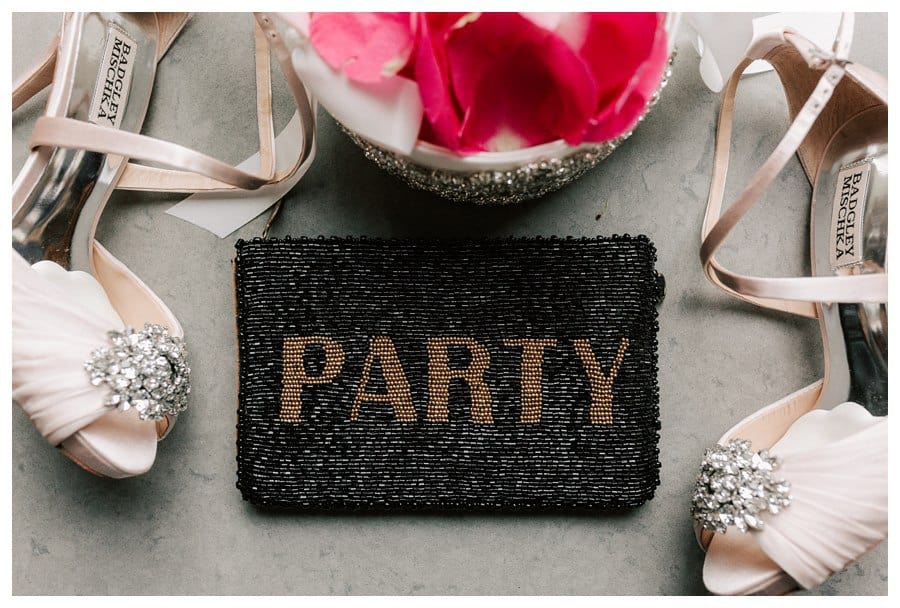So, you now need to purchase a diamond ring, and you hear about the ‘mysterious’ 4Cs of Diamond across the market. Although diamonds seem similar, there are a couple of attributes and factors that distinguish them. These factors and characteristics make them unique, more specifically, to the buyer.
In this article, you will learn more about the 4Cs of a diamond, which includes cut, color, clarity, as well as carat weight. These are certainly the most fundamental features to consider when buying a diamond. The crucial part of understanding a diamond’s value is to understand its four attributes, and here is how the four attributes compare to one another.
Cut
The cut is undoubtedly the most important C. A diamond sparkles due to how well it’s cut. It takes a skilled craftsperson to convert a rough stone into a faceted ornament. Thus, be ready to pay more for a perfectly cut diamond. But how does a diamond’s cut regulate the brightness of a diamond’s sparkle?
Well, it involves a lot of geometry, math, and angles. But in simple terms, it involves how the light gets into the diamond as well as how brilliantly it reflects out. When a diamond is cut too shallow, the light reaches the bottom and slightly reflected.
With a deep cut, the light reflects sideways. Note, a diamond sparkles more if it has an ideal cut. In the market, brilliance, dispersion, and scintillation are the three main terms that describe the outcome of light on a diamond.
Color
Color is a ‘confusing’ C and the second most crucial aspect when choosing a diamond. As a buyer, it is common to get attracted to the sparkle first, and then the color later. Are you aware that it is uncommon to come across a diamond that does not possess any color at all? Usually, diamond is available in virtually any natural color like white, gray, brown, pink, and green.
The color scale is a standard aspect for grading diamonds, according to GIA (Gemological Institute of America). The institute grades color from D to Z, where D is the most colorless, and Z is brown or yellow. D is the ideal grade, but you can still choose a color H option.
The difference between one color and the other is not visible to the naked eye, but it significantly affects the diamond’s market price. It is thus advisable to look at the diamond in natural light to identify its ‘genuine’ color.
Clarity
Clarity is the ‘hard-to-see’ C and the third most important feature to consider. Clarity signifies the diamond’s internal purity. Inclusions and blemishes are the two main aspects that determine the clarity of a diamond. Simply put, an inclusion is a flaw that develops in a diamond as it’s formed.
In most cases, the inclusion may seem like a scratch or little mark inside the diamond. The number of visible inclusions under a magnifying glass determines the diamond’s clarity.
Carat
The buyers commonly come across the word ‘Carat Weight’ and then think that it defines the diamond’s actual size. But carat denotes the diamond’s weight and not how big the diamond is. The higher the weight, the larger the stone, and the higher the cost. Note, a one-carat diamond equals to 0.2gms.
Other Factors to Consider
When purchasing a diamond, it is advisable to consider independent certification as this guarantees that you are getting a quality diamond. The two leading institutions that help in diamond grading are GIA (Gemological Institute of America) and AGS (American Gem Society).
The Differences between Diamond’s Shape and Cut
Although people use the shape of the diamond and cut interchangeably, it is essential to note that they refer to two different things. First, a cut evaluates a diamond’s light performance and is founded on a combination of aspects like symmetry, polish, and proportions.
The shape, on the other hand, is associated with the diamond’s outline. While the round brilliant shape is the most popular in the market, there are different shapes to consider like a princess, emerald, oval, marquise, asscher, pear, radiant, cushion, and heart.
Our Verdict
While the 4Cs are astonishingly useful, it is not advisable to purchase a diamond without a certificate. The shape and size can undoubtedly affect the specialty and uniqueness of the diamond. For an unbiased and genuine source of info about the diamond shapes and sizes, visit Pricescope – an independent diamond and jewelry forum.
